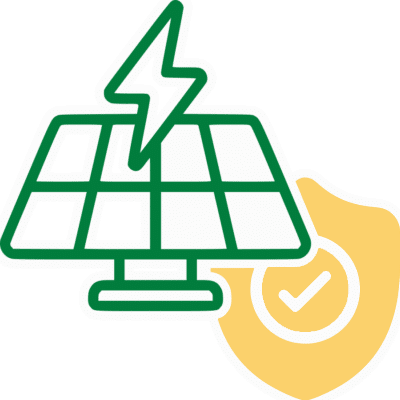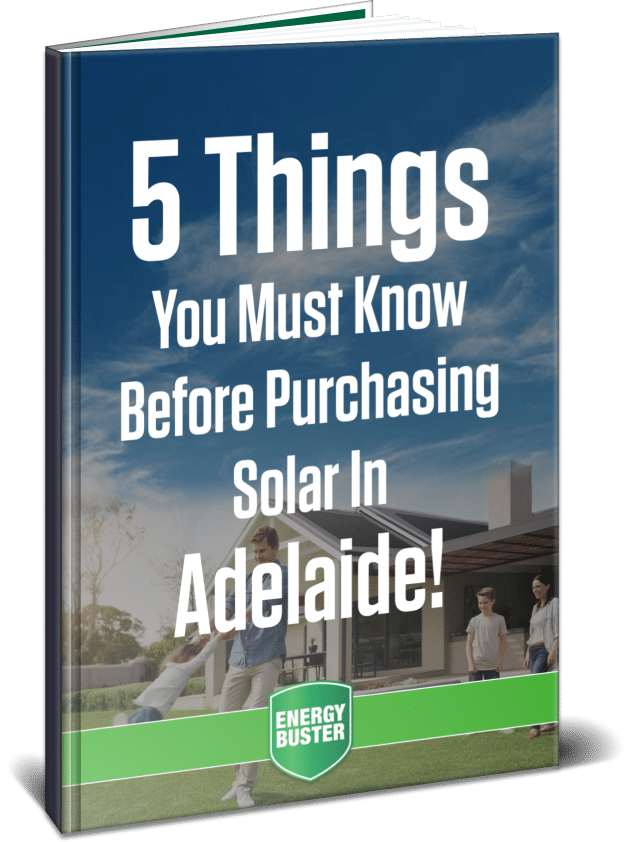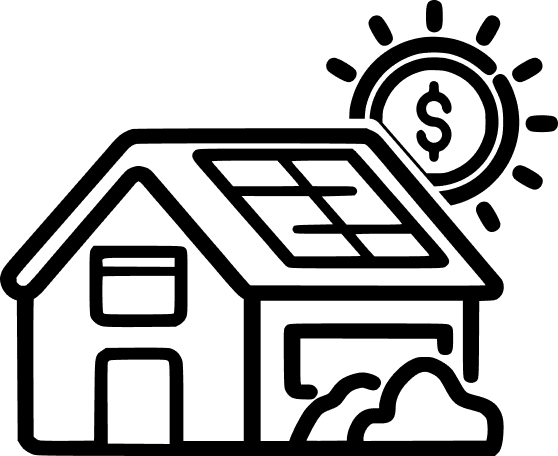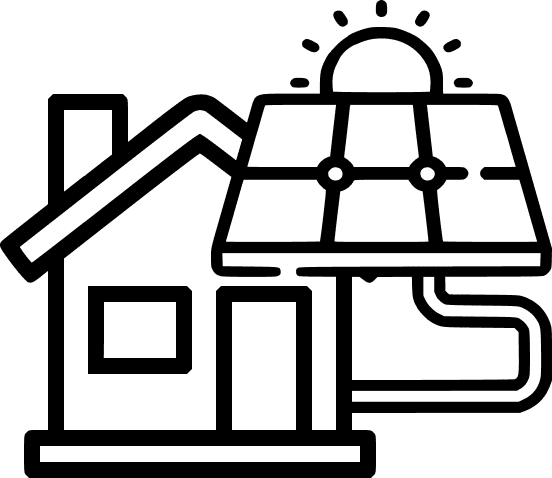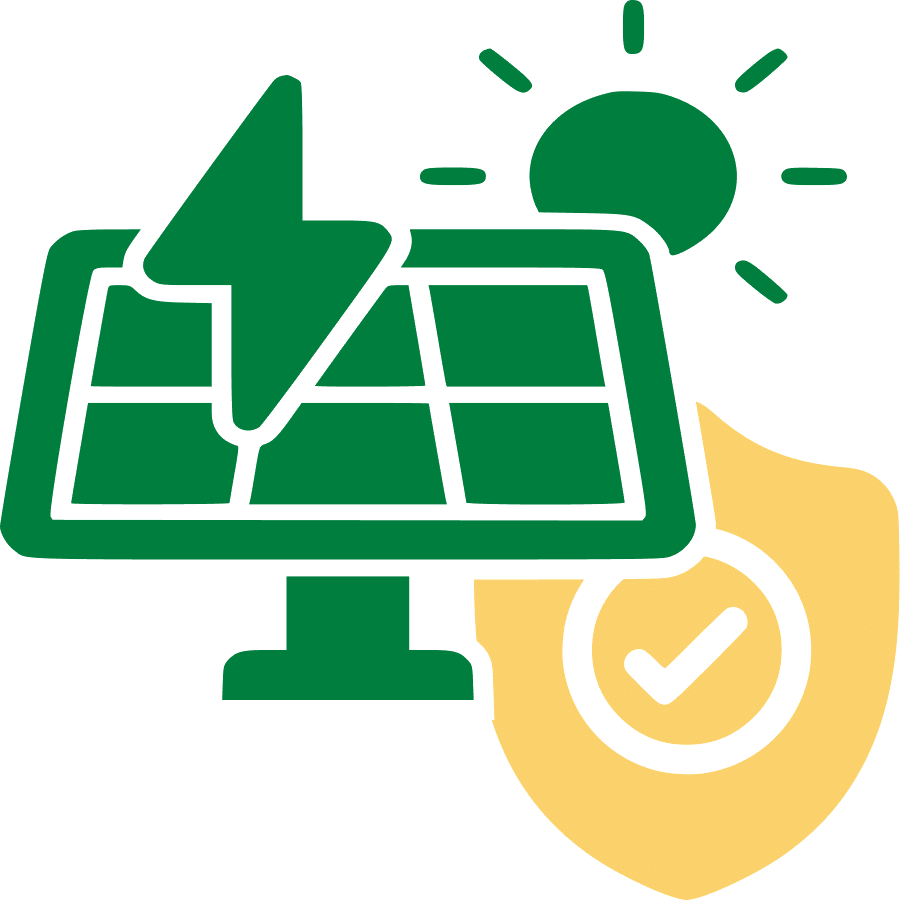
The patented technology used in our solar panels ensures maximised efficiency – even in low light – which means greater savings for our clients year round.

Research shows consumers are 100 times more likely to return a standard panel over a SunPower Panel, a testament to their quality.

The most comprehensive warranties available on the Australian market, with a full 40 Year Warranty and no hidden fine print.
Equipment
Optimize Your Home’s Renewable Energy with Premium Solar Inverters Adelaide
The right inverter is crucial to take advantage of renewable energy, reduce reliance on the grid, and help take control of your power bills.
At Energy Buster, our advanced inverters seamlessly convert the DC power generated by your solar panels into clean, usable AC power for your home or business. We offer solar inverters as part of our package.
Experience maximum efficiency and reliability with our state-of-the-art technology, designed to optimise energy production and minimise wastage. Our Adelaide-based team of experts will ensure a hassle-free installation, tailored to your specific needs.
Say goodbye to soaring electricity bills and embrace the power of the sun. Join the renewable energy revolution today with our top-of-the-line solar systems and inverters, delivering sustainable energy solutions for a brighter future.

What are the best types of inverters?
There are several types that are considered among the best. When making the choice for your Adelaide property, consider the following options:
String Inverters
String inverters are the most common and widely used type. They connect multiple panels in a series, converting DC power into AC power. They are known for their reliability, cost-effectiveness, and compatibility with a wide range of systems.
Microinverters
Microinverters are installed on each individual panel, converting DC power to AC power at the panel level. They offer advantages such as enhanced energy production, system monitoring for each panel, and better performance in shading or mismatched panels.
Hybrid Inverters
Hybrid inverters are designed for systems that incorporate both panels and energy storage, such as solar batteries. They allow you to store excess solar energy for later use, maximising self-consumption and reducing reliance on the grid.
Optimisers with Centralised Inverter
This configuration combines the benefits of optimisers, which optimise the performance of individual panels, with a centralised string inverter. It offers improved energy production, better panel-level monitoring, and increased flexibility in system design.
The best type of inverter for your specific needs depends on factors such as your budget, system size, shading conditions, and whether you plan to incorporate it with energy storage.
Solar inverter benefits






Solar inverter installation process
We offer inverters as part of our package. The solar panel installation process in Adelaide typically involves the following steps:
Step One: Site Assessment
A qualified installer will visit your property to assess its suitability for the panel installation. They will evaluate factors such as roof orientation, shading, structural integrity, and electrical capacity to determine the best positioning for the panels and inverter.
Step Two: Design and System Sizing
Based on the site assessment, the installer will design a system that meets your energy needs. They will determine the optimal number of the panels, the capacity of the inverter, and any additional components required for your specific setup.
Step Three: Obtaining Permits
The installer will handle the necessary paperwork and permits required for the installation, ensuring compliance with local regulations and grid connection requirements.
Step Four: Inverter Mounting
The inverter will be mounted in a suitable location, typically near the main electrical panel or close to thepanels. The installer will ensure secure and proper positioning, taking into account factors such as ventilation and accessibility for maintenance.
Step Five: Electrical Connections
The panels will be connected to the inverter using DC wiring. The inverter will then be connected to your home or business’s electrical system, enabling the conversion of DC power to AC power and integration with the grid.
Step Six: Testing and Commissioning
Once the installation is complete, the installer will conduct comprehensive tests to ensure the system is functioning correctly. This includes verifying electrical connections, conducting performance checks, and configuring system monitoring, if available.
Step Seven: Grid Connection and Metering
If you choose to feed excess solar energy back into the grid, the installer will coordinate with the utility company to set up net metering or feed-in tariff arrangements. This allows you to receive credits or payments for the surplus energy you generate.
Step Eight: System Handover and Training
The installer will provide you with a comprehensive overview of your system, including its operation, maintenance requirements, and how to monitor its performance. They will also address any questions or concerns you may have.
If you think that purchasing panels is the right thing for you, then the next step is to decide on the best brand and the size. Get in touch with us by either calling us on (08) 7120 6377 or by filling out our fast free quote form.








